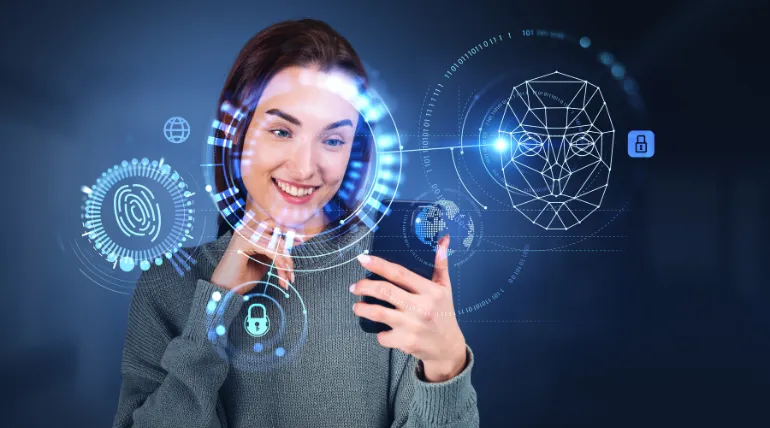- Home
- About
- Services
- AI & IOT based Industrial Automation Solutions
- AI Integration Services
- Data Labeling and Annotation
- Data Masking
- Custom Vision-Based Solutions
- LLM & Machine Learning Security – Integration & Assessment
- Model Optimization & Deployment
- Staff Augmentation Services
- Cyber Security integration & Remediation Services
- Take Down services
- Solutions
- Contact
- Blog

Defect Detection & Quality Assurance
Defect detection and quality assurance refer to the process of identifying imperfections, anomalies, or faults in products during manufacturing or production processes. In industries such as automotive, electronics, and textiles, machine vision systems using cameras and deep learning algorithms are used to automate inspection tasks. These systems can detect cracks, scratches, or irregularities and help ensure the final product meets quality standards, reducing the need for manual inspections and minimizing human error.

OCR & Text Recognition
Optical Character Recognition (OCR) is the technology that enables machines to read and convert printed or handwritten text from images or scanned documents into machine-readable data. OCR is widely used for digitizing documents, processing forms, and extracting information from images like invoices, receipts, and business cards. Text recognition, often powered by deep learning models such as LSTMs (Long Short-Term Memory networks), improves OCR’s accuracy and adaptability, particularly for complex or distorted texts, handwriting, or multi-lingual documents.


Object Detection & Tracking
AI-powered vision system that identifies and tracks objects in real time using deep learning. Ideal for surveillance, manufacturing, and automated inspection.

Machine Vision Application
Advanced imaging solutions for quality control, defect detection, and process automation using AI and computer vision. Enhances efficiency in industrial and commercial applications.


Building Image Acquisition System
Custom hardware and software integration to capture high-quality images for AI processing. Includes camera setup, lighting optimization, and automated data collection for vision-based AI models.
